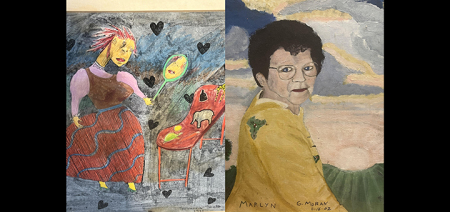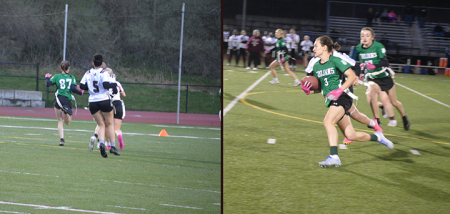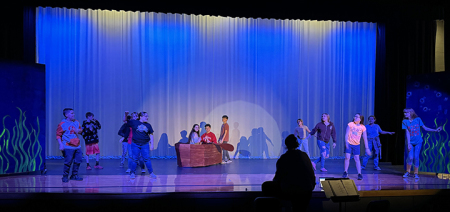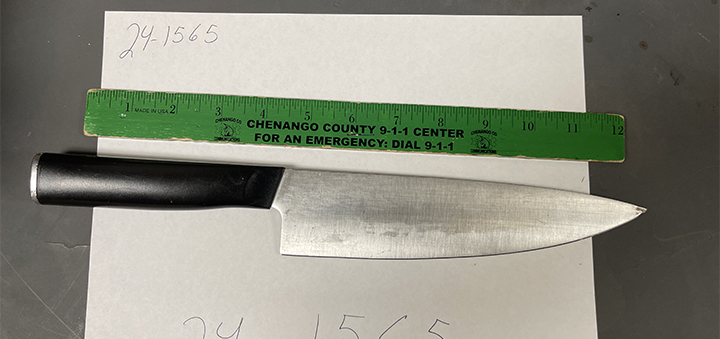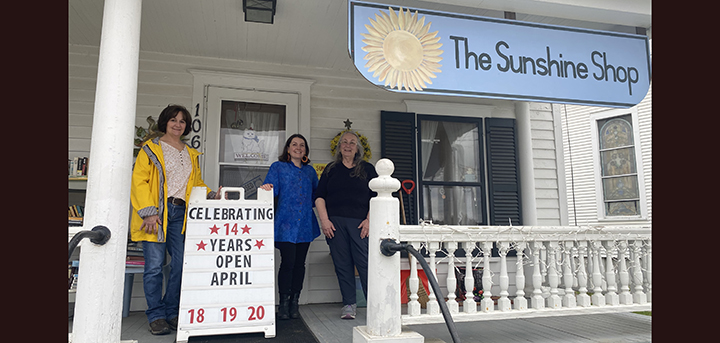Fire At J. L. Taylor & Company
Published:
October 10th, 2012
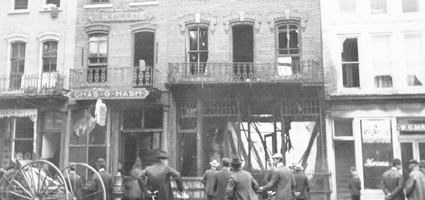
Editor’s Note: In recognition of National Fire Prevention Week, City of Norwich Fire Chief Tracy Chawgo has shared some of the department’s archives and journals reporting on the earliest recorded fires in the city. Each day this week, we’ll present a selection from those early records.
This is an excerpt of an article on a fire at J. L. Taylor & Company’s as reported by The Morning Sun on Monday, July 28, 1902
Fire broke out in the rear part of J. L. Taylor & Company’s wholesale and retail confectionery and bakery, No. 165 South Broad street, about 1 o’clock Sunday morning. The flames spread rapidly through the building and to the adjoining ones, some of which were old wooden structures.
The conflagration lasted over three hours entailing a total loss of about $12,000 on buildings and $7,000 on stock, fixtures and household goods. On this there was a total insurance of $5,000 on buildings; and $4,200 on stock and household goods. Many of those who occupied living apartments in the burned buildings lost all they had, with little or no insurance.
How it Was Discovered
William F. Stratton, of the American hotel was probably the first person to discover the fire. Glancing across the street from the hotel he saw a bright light in the rear of Taylor’s store. his first impression was that someone of the firm was working late. The glare suddenly increased and Mr. Stratton saw that the building was on fire. Running into the street he cried “Fire!” several times in hopes of arousing the inmates of the block, and then immediately tried to open the signal box, No. 1-6 in front of the hotel and send in an alarm. Owing to the continued wet weather of late or some other cause, the lock had rusted and he was unable to open the box for at least ten minutes, as he says. He finally did so however and sound the alarm. The big whistle at the electric light station blew shortly afterwards.
The various companies of the department responded promptly. A length of hose was quickly laid from the hydrant near the southeast corner of the park and two others from the hydrant on Broad street in front of the Academy of Music. Liveryman Coe appeared about this time with the hook and ladder truck, and the steamer was placed in position at the corner of Broad and West Main streets. Four streams were soon playing on the burning mass which had now gained considerable headway.
The Taylor store and the hardware store of C. G. Nash next adjoining on the south were then burning, as was also several frame buildings in the rear of the block, among which was the historic structure once occupied by Thurlow Weed as a printing shop and of which further mention is made elsewhere. The accompanying diagram the burned district with explanations, of the burned district, will give a clear idea of the situation.
The wooden structure burned with such rapidity and intense heat, it was thought that gasoline or other combustible material was stored therein, but Mr. Nash, the proprietor of the hardware store, stated there was less than a half barrel of the fluid on the premises. The firemen worked heroicly at this point in trying to prevent the flames from following along the sheds lying between the main building and the fine barn of J. D. Reed. The latter gentleman was one of the busiest ones at the fire and carried water in pails from the house to the blazing sheds. John O. H. Reed succeeded in getting the horses out safely and placed them in a near-by stable.
Comments

